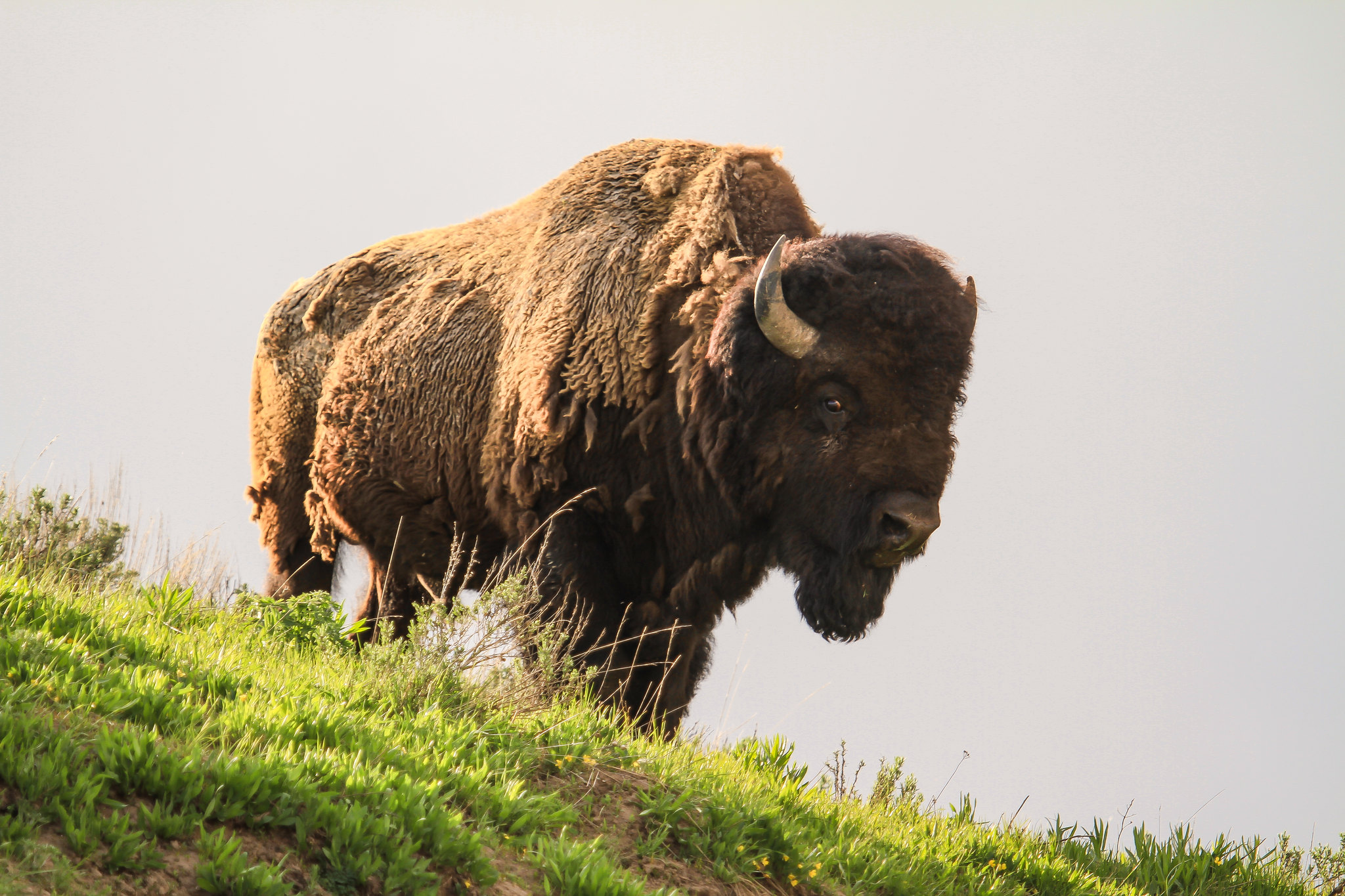Animals
 Climate change may affect animal agriculture in a variety of ways. These include the ability to produce feed-grain, the quality of pastures and forage crop production, animal health, growth, and reproduction, and disease and pest distributions.
Climate change may affect animal agriculture in a variety of ways. These include the ability to produce feed-grain, the quality of pastures and forage crop production, animal health, growth, and reproduction, and disease and pest distributions.
Outside of their ideal temperature range, animals need to conserve or shed heat to maintain productive. Optimum animal core body temperature is often maintained within a 2°C to 3°C range. For many species, deviations of core body temperature in excess of 2°C to 3°C cause disruptions of performance, production, and fertility that limit an animal’s ability to produce meat, milk, or eggs. Deviations of 5°C to 7°C often result in death. These changes can slow animals’ growth and reduce reproductive rates, which can increase costs for animal producers and consumers. Because of these impacts, changes in temperature associated with climate change may have an effect on the productivity of animal agriculture.
Continue to the full text Animal Agriculture in a Changing Climate or browse related content:
-
Grazing Lands in Idaho, Oregon, and Washington
A summary of grazing lands and the effects of climate change in Idaho, Oregon, and Washington.
-
Spending More Time Indoors: It’s What’s in Store for US Honey Bee Colonies
Our changing climate is resulting in increasingly unstable conditions for bees. These challenges make the prospect of…
-
Growing Milkweed in Vermont: An Economic Case Study
In this case study, we look at approaches and related costs and benefits to growing milkweed. We provide an economic…
-
Virtual Fencing: A Climate Adaptation Strategy
Virtual fencing allows ranchers to move livestock without physical fences and could be an effective climate adaptation…
-
If you have cattle, you should check out Grass-Cast
The weather can be crazy in the great plains and with the changing climate, it just keeps getting crazier. For farmers…
-
How Creating Pollinator Habitat can Help Northeast Farmers Adapt to Climate Change
Improved pollinator habitat can increase the presence of native pollinators on working vegetable, fruit, and grain…
-
Livestock Ranching, Rangelands, and Resilience: Ensuring Adaptive Capacity in an Increasingly Variable Climate
Beginning in 2018 and concluding in 2022, the USDA Northern Plains Climate Hub helped conduct a research and outreach…
-
Delmarva and the Ground for Change
A documentary film about three family-owned farming operations who are leaders in practices that promote healthy soils…
-
Cost-effective strategies to Reduce Agricultural Greenhouse Gases
Crop and livestock production lead to the unintentional release of greenhouse gases. Now, farmers can do something…









